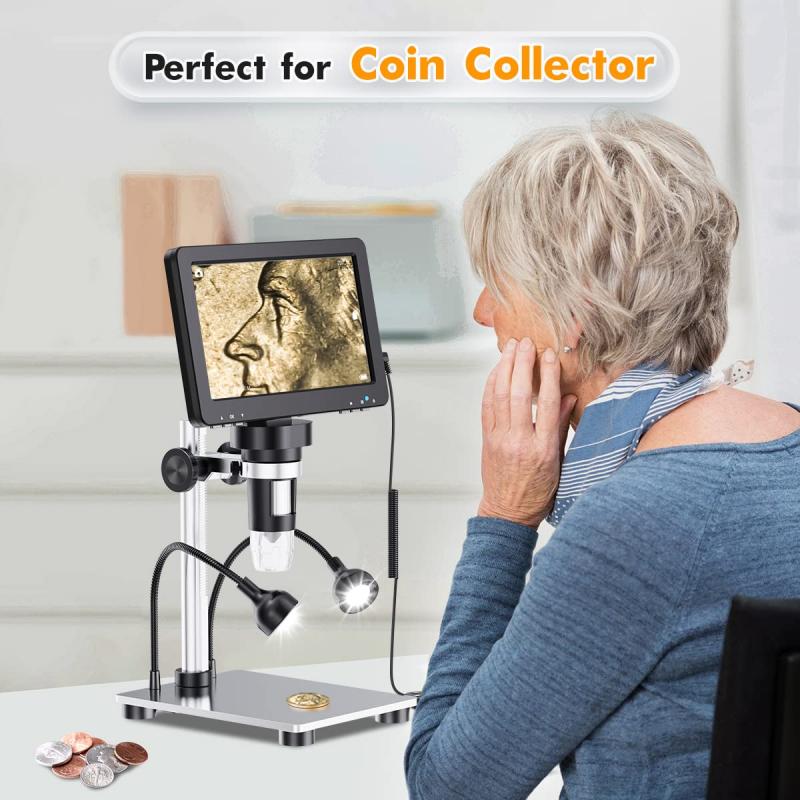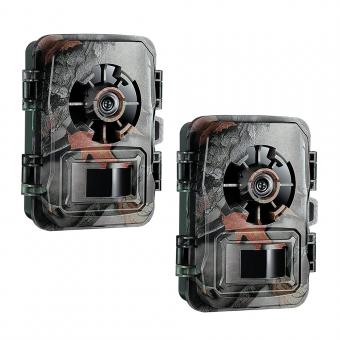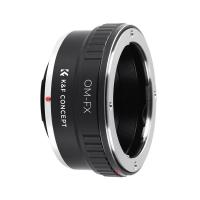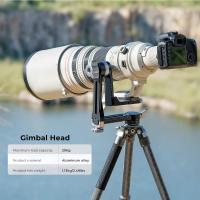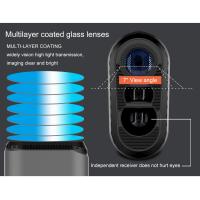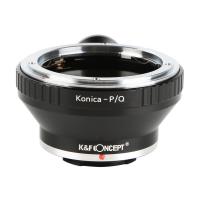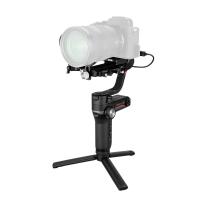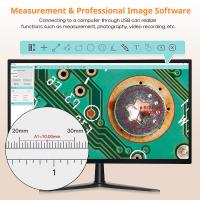What Does The First Microscope Look Like ?
The first microscope was a simple optical instrument consisting of a single convex lens. It resembled a small tube with a lens at one end and a specimen holder at the other.
1、 Simple microscope: Early magnifying lenses used for close observation.
The first microscope, known as a simple microscope, consisted of early magnifying lenses used for close observation. These early microscopes were developed in the late 16th century and were primarily used to study small objects such as insects, plants, and other tiny organisms.
The design of the first microscope was quite basic. It typically consisted of a single convex lens mounted on a metal or wooden frame. The lens was held in place by a small hole in the frame, allowing it to be positioned close to the object being observed. The lens would magnify the image, allowing the observer to see details that were not visible to the naked eye.
However, it is important to note that the concept of a microscope had been around for centuries before the development of the first simple microscope. Ancient civilizations such as the Egyptians and Romans had used magnifying lenses to aid in their observations. However, it was not until the 16th century that the first microscope as we know it today was developed.
Since the invention of the first microscope, there have been significant advancements in microscope technology. Modern microscopes now use a combination of lenses, mirrors, and advanced imaging techniques to provide even higher magnification and resolution. Electron microscopes, for example, use beams of electrons instead of light to magnify objects, allowing for incredibly detailed observations at the atomic level.
In conclusion, the first microscope, known as a simple microscope, consisted of early magnifying lenses used for close observation. While the design was basic, it laid the foundation for the development of more advanced microscopes that we use today.
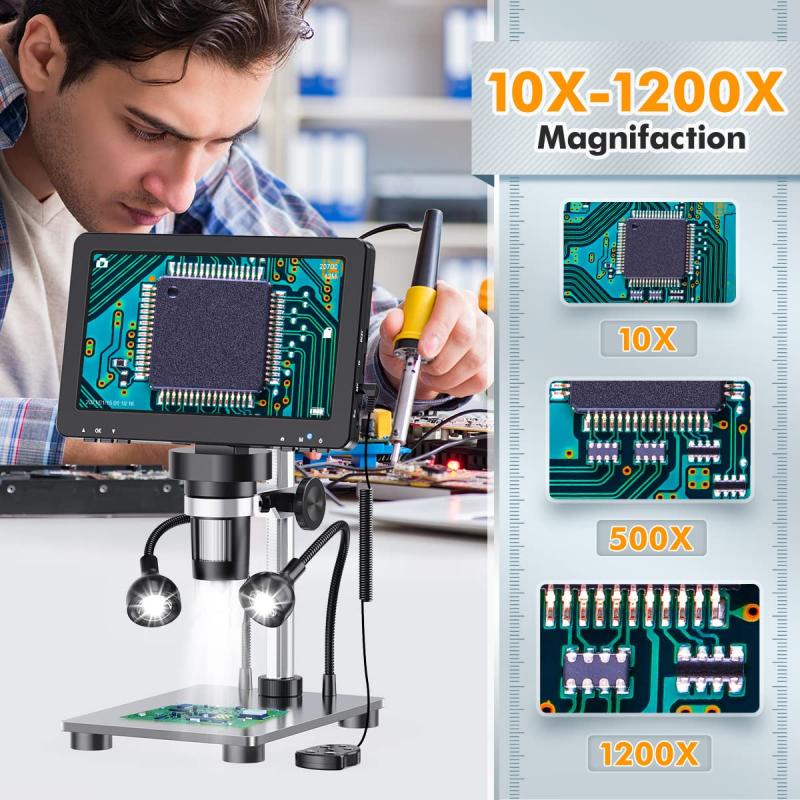
2、 Compound microscope: First microscope with multiple lenses for higher magnification.
The first microscope, known as the compound microscope, was a groundbreaking invention that revolutionized the field of microscopy. It consisted of multiple lenses that allowed for higher magnification and clearer visualization of microscopic objects. This early microscope was a significant improvement over the simple magnifying glass, which could only provide limited magnification.
The compound microscope typically featured two lenses: an objective lens and an eyepiece lens. The objective lens was positioned close to the specimen being observed and provided the primary magnification. The eyepiece lens, located at the top of the microscope, further magnified the image produced by the objective lens and allowed the viewer to see the enlarged image.
The design of the first compound microscope varied, but it generally consisted of a tube that held the lenses, a stage where the specimen was placed, and a light source to illuminate the specimen. The microscope was often mounted on a stand or tripod for stability during use.
Over the years, the design and functionality of microscopes have evolved significantly. Modern compound microscopes now incorporate advanced features such as adjustable magnification levels, built-in cameras for capturing images and videos, and digital displays for real-time viewing. Additionally, technological advancements have led to the development of electron microscopes, which use beams of electrons instead of light to achieve even higher magnification and resolution.
In conclusion, the first compound microscope was a significant advancement in the field of microscopy, allowing for higher magnification and clearer visualization of microscopic objects. While the design and capabilities of microscopes have evolved over time, the compound microscope laid the foundation for the development of more advanced and powerful microscopes that we use today.

3、 Leeuwenhoek's microscope: Handcrafted microscope with high magnification, used by Antonie van Leeuwenhoek.
Leeuwenhoek's microscope, also known as the first microscope, was a handcrafted instrument that revolutionized the field of microscopy. It was designed and used by the Dutch scientist Antonie van Leeuwenhoek in the 17th century. Unlike the microscopes we are familiar with today, Leeuwenhoek's microscope was a simple yet powerful device.
The microscope consisted of a small brass plate with a tiny glass bead mounted at the center. This bead, known as a lens, was ground to a high degree of precision by Leeuwenhoek himself. The lens was mounted between two metal plates, which could be adjusted to focus the specimen being observed. The microscope was held by hand, with the specimen placed directly on the lens.
Leeuwenhoek's microscope had an incredibly high magnification power for its time. It is estimated that his microscopes could achieve magnifications of up to 300 times, allowing him to observe microorganisms and other tiny structures that were previously invisible to the naked eye. This groundbreaking discovery paved the way for the field of microbiology.
From a modern perspective, Leeuwenhoek's microscope may seem rudimentary. However, it was a remarkable achievement considering the limited technology available at the time. Leeuwenhoek's handcrafted microscopes were a testament to his ingenuity and dedication to scientific exploration.
In conclusion, Leeuwenhoek's microscope was a handcrafted instrument with a high magnification power. It consisted of a small brass plate with a glass bead lens, which could achieve magnifications of up to 300 times. This pioneering device allowed Antonie van Leeuwenhoek to make groundbreaking discoveries in the field of microbiology and laid the foundation for modern microscopy.
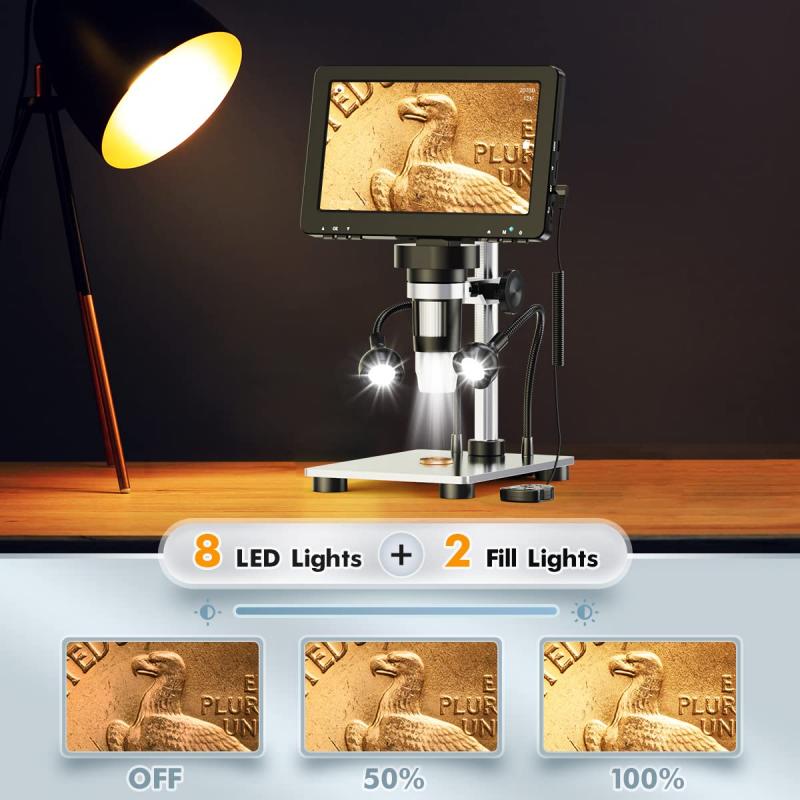
4、 Hooke's microscope: Microscope designed by Robert Hooke, featuring improved illumination.
The first microscope, known as Hooke's microscope, was designed by the renowned scientist Robert Hooke in the 17th century. This microscope featured improved illumination, which was a significant advancement at the time. However, it is important to note that the exact design and appearance of Hooke's microscope is not well-documented, as no surviving examples exist today.
Based on historical records and descriptions, Hooke's microscope was likely a simple and rudimentary instrument compared to the sophisticated microscopes we have today. It consisted of a single lens mounted on a brass or wooden frame. The lens was typically a small, convex glass lens that allowed for magnification of the specimen being observed.
The illumination system of Hooke's microscope was a notable improvement. It featured a light source, such as a candle or oil lamp, positioned below the specimen. This allowed for better visibility and clarity when observing the specimen under the lens.
It is important to mention that the design and capabilities of microscopes have evolved significantly since Hooke's time. Modern microscopes are equipped with multiple lenses, advanced illumination systems, and various other features that enable scientists to observe and study microscopic structures with incredible detail and precision.
In conclusion, while the exact appearance of Hooke's microscope is not known, it is recognized as an important milestone in the development of microscopy. Its improved illumination system paved the way for future advancements in the field. Today, microscopes have become indispensable tools in scientific research, enabling us to explore the intricate world of the microscopic with unprecedented clarity and depth.
